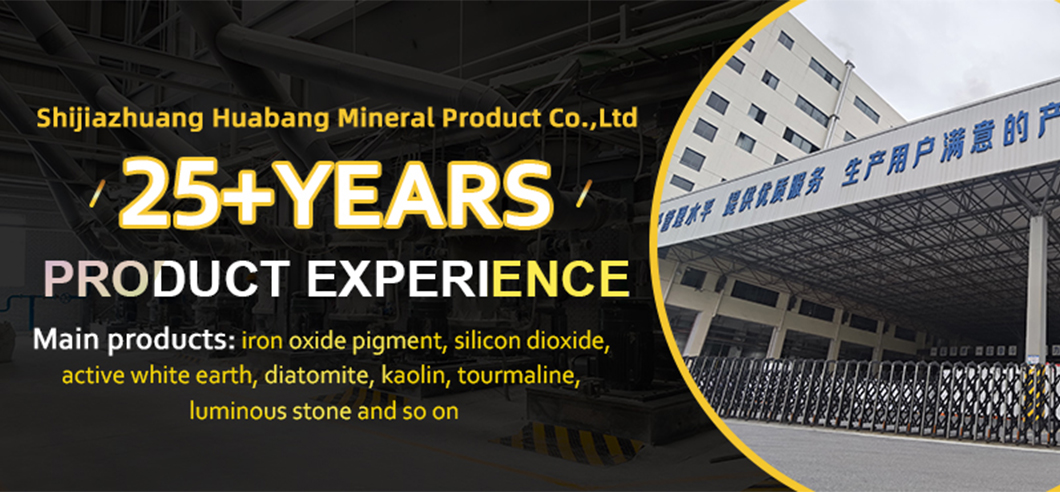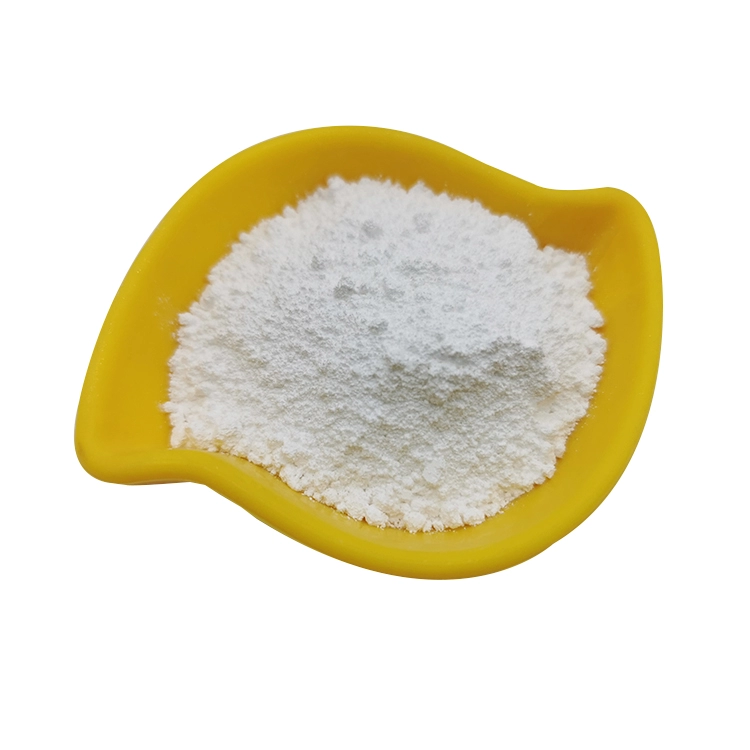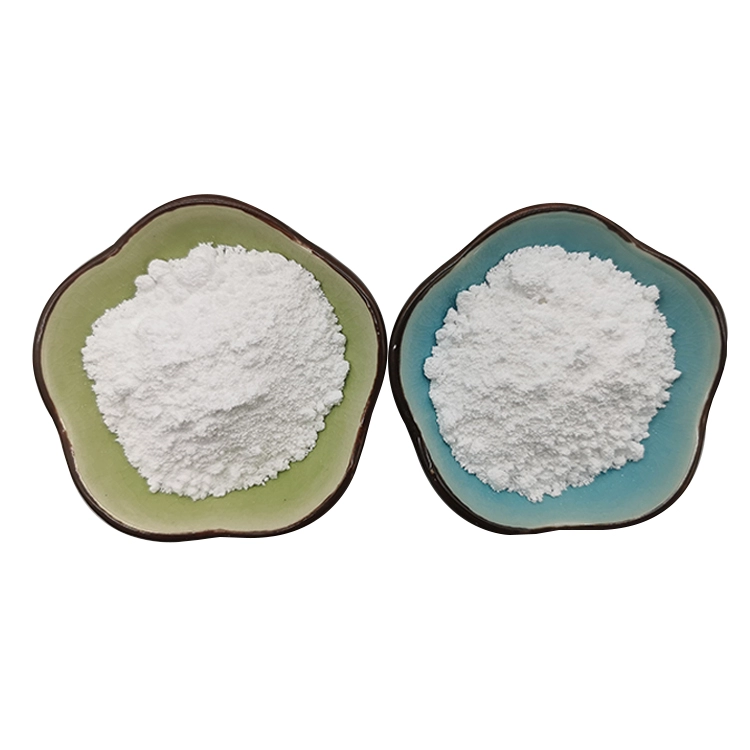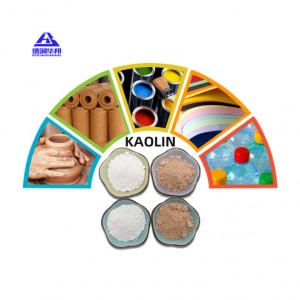Kaolin powder has become increasingly popular and widely used ingredient in cosmetic formulations, particularly for facial, body and hair care products, due to its natural ability to improve texture and enhance oil absorption—two key properties that align with consumer demands for effective, gentle and natural beauty products. Cosmetic industry has seen growing shift toward natural ingredients in recent years, driven by consumer awareness of potential risks associated with synthetic additives and desire for products that are both effective and kind to skin and hair. Kaolin powder, with its mineral composition and proven performance, has emerged as staple in this natural beauty movement. Cosmetic-grade kaolin undergoes ultra-fine grinding and purification to remove all impurities, ensuring it is safe for direct contact with skin and hair.
Cosmetic products require careful balance of aesthetic appeal (smooth application, pleasant feel), skin and hair compatibility (gentleness, non-irritation) and performance (oil control, cleansing, detoxification)—all of which kaolin powder delivers without synthetic additives. Purified to remove impurities and achieve ultra-fine particle size, it has become integral in formulations ranging from clay masks and cleansers to powders, lotions and hair care products. Unlike synthetic ingredients that may cause irritation or clog pores, kaolin powder is naturally inert and compatible with all skin types, including sensitive and acne-prone skin.
Improved texture stands as most immediate and noticeable benefit of kaolin powder in cosmetics, elevating user experience and perceived quality of products. It imparts smooth, silky and lightweight feel to formulations, making application effortless and enjoyable. Ultra-fine particle size of cosmetic-grade kaolin powder ensures even distribution on skin or hair, preventing clumping, caking or gritty residue that can occur with lower-quality clays. This smooth texture is a key factor in consumer satisfaction, as cosmetic products that feel pleasant to use are more likely to be repurchased.
For face powders (like setting powders or mineral powders), kaolin powder creates breathable, invisible finish that does not weigh down skin or obscure natural texture. Unlike heavy synthetic powders that can clog pores or create cakey appearance, kaolin-based powders feel light on skin and allow natural glow to shine through. This makes them ideal for daily use, as they set makeup without looking unnatural. Setting powders containing kaolin powder keep makeup in place for hours without drying out skin, making them popular among makeup artists and everyday users alike. Mineral powders with kaolin are particularly valued for their natural finish, as they provide light coverage while controlling oil.
In creams and lotions, kaolin powder acts as thickening agent while maintaining smooth consistency, allowing products to spread evenly and absorb quickly without leaving greasy film. Body lotions containing kaolin powder glide smoothly over skin, absorbing rapidly to hydrate without feeling heavy. This makes them ideal for use before dressing, as they do not stain clothing. Facial moisturizers use kaolin to create lightweight texture that is suitable for all skin types, including oily skin that tends to feel greasy with thick creams. Even rich moisturizers for dry skin benefit from kaolin, as it thickens formula without making it heavy or greasy.
In hair care products like dry shampoos, kaolin powder disperses evenly to absorb oil without leaving white residue—a common complaint with cheaper dry shampoos. It creates natural-looking volume, making hair appear fresh and clean between washes. Dry shampoos with kaolin powder are popular among travelers, busy professionals and individuals with curly or textured hair that does not need frequent washing. Hair masks with kaolin powder have smooth, spreadable texture that coats strands evenly, delivering nutrients without tangling hair. These masks are easy to apply and rinse out, making them convenient for at-home hair care routines.
Oil absorption capacity of kaolin powder makes it ideal for products targeting oily, combination and acne-prone skin types—one of fastest-growing segments in cosmetic market—and oily hair concerns. Excess facial oil (sebum) can lead to shiny appearance, clogged pores, blackheads and breakouts, while excess scalp oil causes greasy hair and flatness. Consumers with these concerns are increasingly seeking natural solutions that control oil without drying out skin or hair, and kaolin powder meets this need effectively.
Kaolin powder acts as natural mattifier, absorbing excess sebum from skin surface or scalp while maintaining natural moisture barrier. Unlike harsh synthetic oil absorbers (like some talc variants that can cause dryness or irritation), kaolin powder absorbs only excess oil, leaving skin and hair balanced and hydrated. This balance is crucial for maintaining healthy skin and hair, as over-drying can trigger body to produce more oil to compensate—creating cycle of oily skin or hair.
Products like oil-control primers, matte foundations and clay masks containing kaolin powder reduce facial shine for hours. Oil-control primers create smooth base for makeup, absorbing excess oil throughout day to prevent makeup from sliding off. These primers are particularly popular in humid climates, where makeup tends to melt or fade quickly. Matte foundations with kaolin powder provide long-lasting coverage that stays matte without drying out skin. They are favored by individuals with oily skin, as they control shine while providing natural-looking coverage. Clay masks are particularly popular for oily skin, as they draw out excess oil and impurities from pores, leaving skin feeling clean and refreshed without tightness.
Dry shampoos with kaolin powder refresh oily hair by absorbing scalp oil and adding volume. They are convenient for travel, busy schedules or days when washing hair is not possible, and their natural formulation makes them suitable for frequent use without damaging hair or scalp. Unlike some dry shampoos that contain alcohol (which dries out scalp), kaolin-based dry shampoos are gentle and maintain scalp health. They are also available in tinted variants for darker hair colors, ensuring no white residue is visible.
Gentleness and compatibility of kaolin powder contribute to its widespread use in cosmetics, even for sensitive skin and hair types. It is naturally inert (chemically inactive) and non-irritating, making it suitable for daily use without causing redness, dryness or irritation—common issues with synthetic cosmetic ingredients. This gentleness has made kaolin powder a staple in baby care and sensitive skin products.
Unlike some clays (like bentonite, which can be drying or overly absorbing, especially for sensitive skin), kaolin powder has mild, soothing properties that calm skin and reduce inflammation. This makes it suitable for wide range of users: sensitive skin benefits from its non-irritating nature; dry skin appreciates its ability to absorb excess oil without stripping moisture; color-treated hair benefits from its non-abrasive formula that does not fade dye or damage strands. Individuals with rosacea or eczema often use kaolin-based products to soothe irritated skin, as clay’s cooling effect reduces redness and inflammation.
Baby care products, which require extremely gentle ingredients, often include kaolin powder in formulations like baby powder or diaper rash creams. Its mild nature soothes delicate baby skin, absorbing excess moisture and preventing irritation. Baby powders with kaolin powder are preferred over talc-based powders by many parents due to their natural composition and reduced risk of irritation. Diaper rash creams containing kaolin create protective barrier on baby’s skin, preventing moisture from causing rashes while soothing existing irritation.
Cleansing and detoxifying effects of kaolin powder are highly valued in facial and body care products, addressing consumer desire for deep yet gentle cleansing. It has mild absorbent properties that draw out impurities, toxins and excess sebum from pores or skin surface, helping to unclog pores and prevent breakouts. This cleansing action is gentle enough for daily use, making kaolin-based cleansers suitable for all skin types.
Clay masks formulated with kaolin powder are particularly popular for this reason. When applied to damp skin, mask adheres to surface and penetrates pores, absorbing dirt and oil as it dries. Upon removal, mask lifts away impurities, leaving skin feeling clean, refreshed and rejuvenated. Unlike harsh exfoliants that scrub skin and cause micro-tears, kaolin powder’s cleansing action is gentle, making it suitable for frequent use in skincare routines. Some clay masks combine kaolin with other natural ingredients like aloe vera or green tea to enhance soothing effects, catering to sensitive skin users.
Body scrubs with kaolin powder provide gentle exfoliation, removing dead skin cells without scratching or irritating skin. They leave skin feeling smooth and soft, and their natural formulation makes them suitable for all skin types. Body scrubs containing kaolin are popular for use before special occasions, as they leave skin with healthy glow. Scalp cleansers containing kaolin powder remove product buildup and excess oil, promoting healthy hair growth by unclogging hair follicles. These cleansers are particularly beneficial for individuals who use styling products regularly, as they deep-clean scalp without drying out hair.
Color enhancement and stability are additional advantages of kaolin powder in cosmetic formulations, particularly for colored products like blushes, eyeshadows, foundations and hair colorants. It serves as natural white pigment that brightens formulations and provides neutral base for other color pigments. This brightening effect helps color pigments appear more vibrant and true-to-tone.
Its fine particle size ensures even dispersion of color pigments, preventing streaking or uneven application. Kaolin powder also helps stabilize colors, preventing fading or discoloration over time—critical for cosmetic products with long shelf lives. In mineral foundations, kaolin powder blends with tinted pigments to create natural, buildable coverage that matches diverse skin tones. These foundations are popular for their lightweight feel and natural finish. In eyeshadows and blushes, it enhances color vibrancy while ensuring smooth, blendable application. Makeup artists appreciate how kaolin-based eyeshadows blend easily and stay in place without creasing. In hair colorants, it helps distribute dye evenly and maintain color richness, ensuring long-lasting results.
Versatility of kaolin powder allows its use in wide range of cosmetic and personal care products, making it indispensable for manufacturers with diverse product lines and enabling formulation of solutions for nearly every beauty and grooming need. This adaptability stems from its ability to blend with various cosmetic ingredients—from plant extracts and essential oils to synthetic binders and pigments—while retaining its core benefits of texture improvement, oil absorption and gentleness. It seamlessly transitions between product forms, from dry powders and creamy lotions to thick masks and lightweight sprays, catering to different application methods and consumer preferences.




















